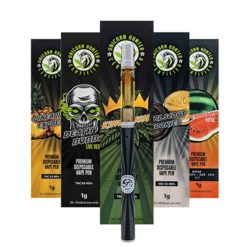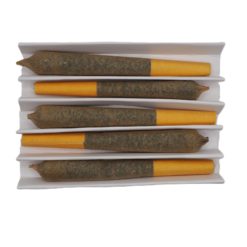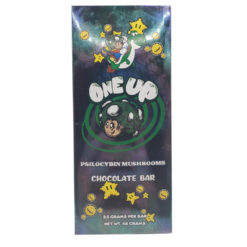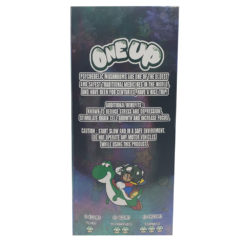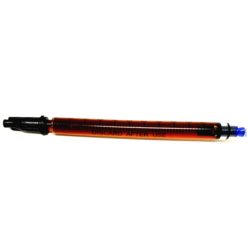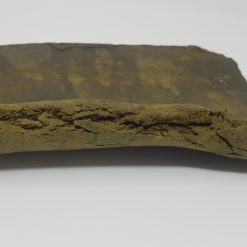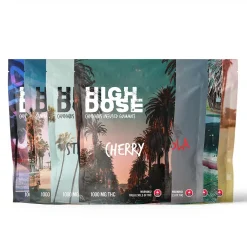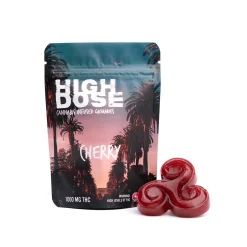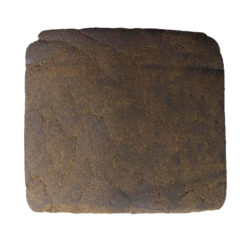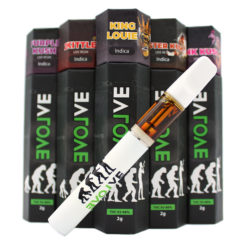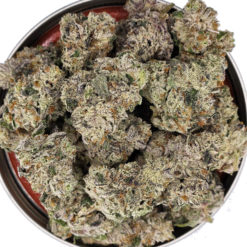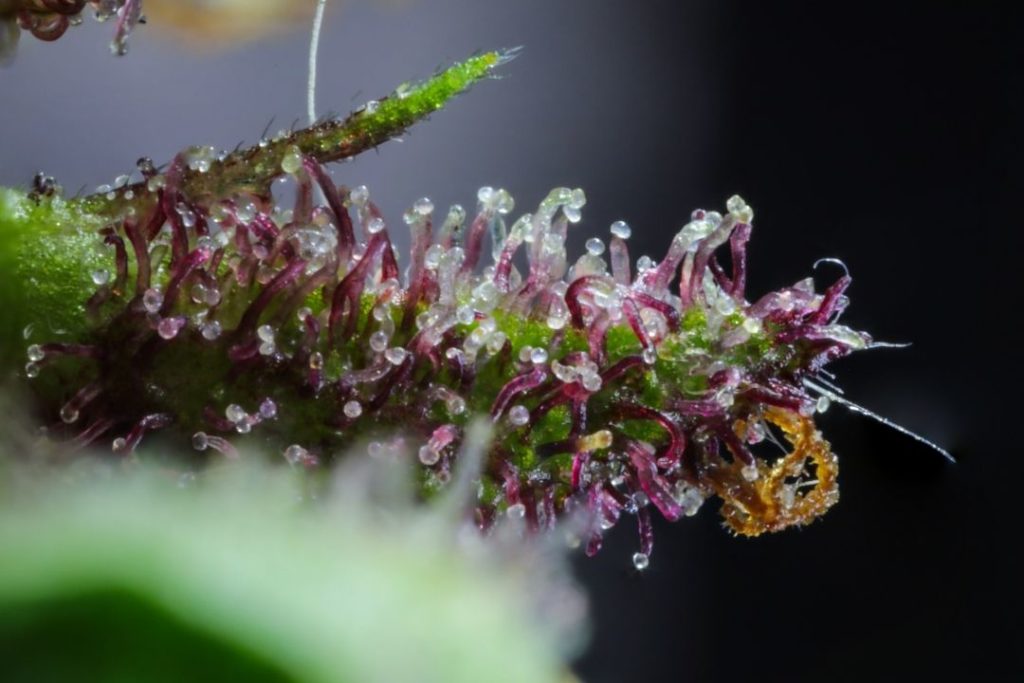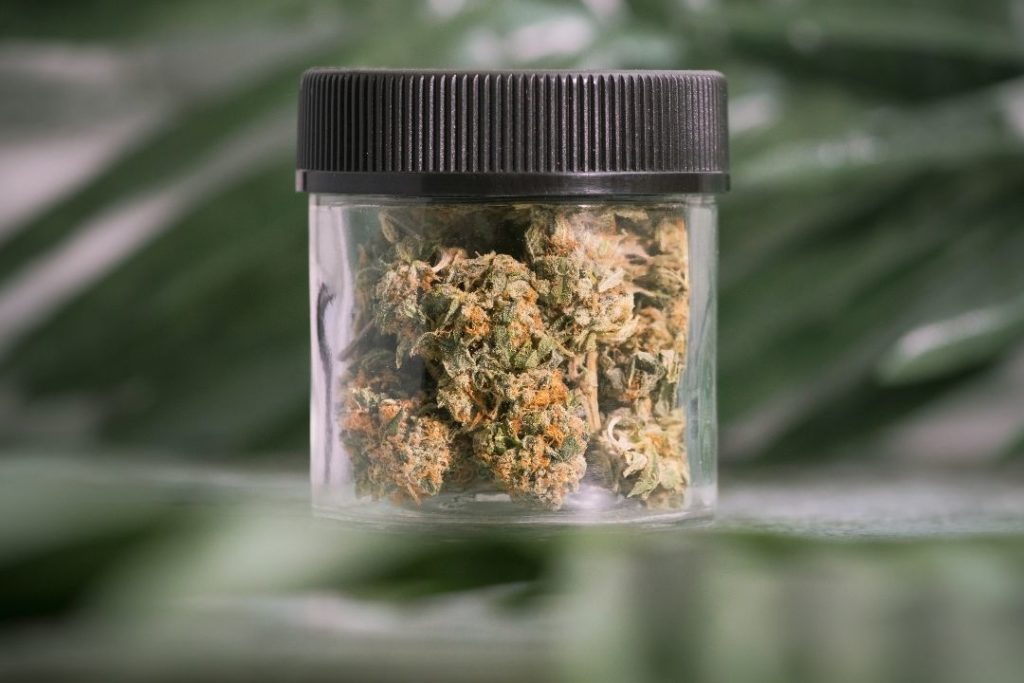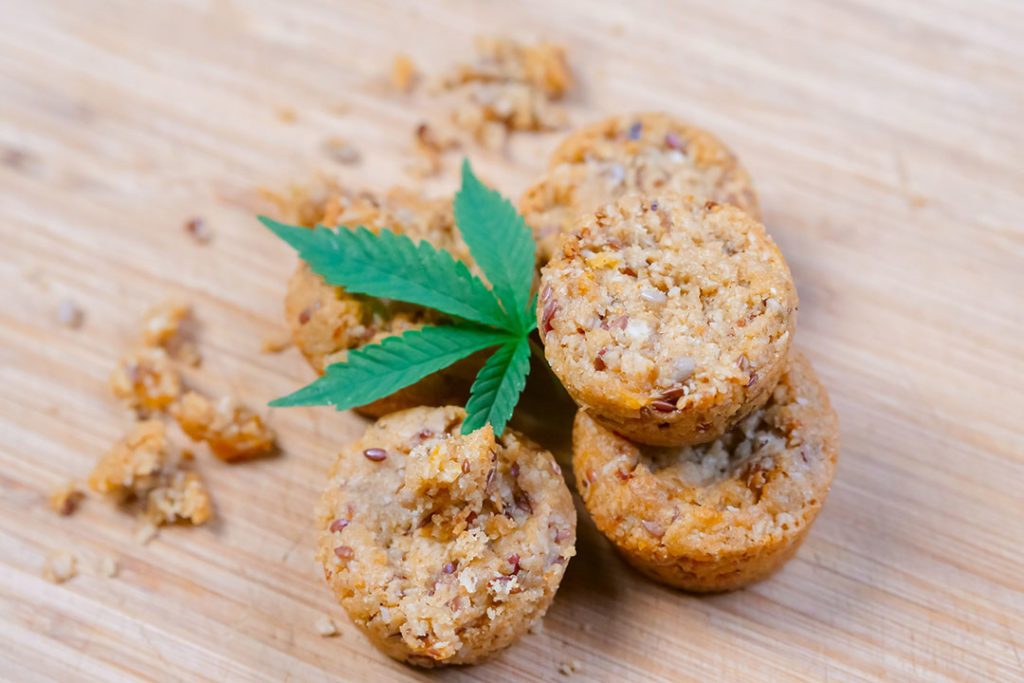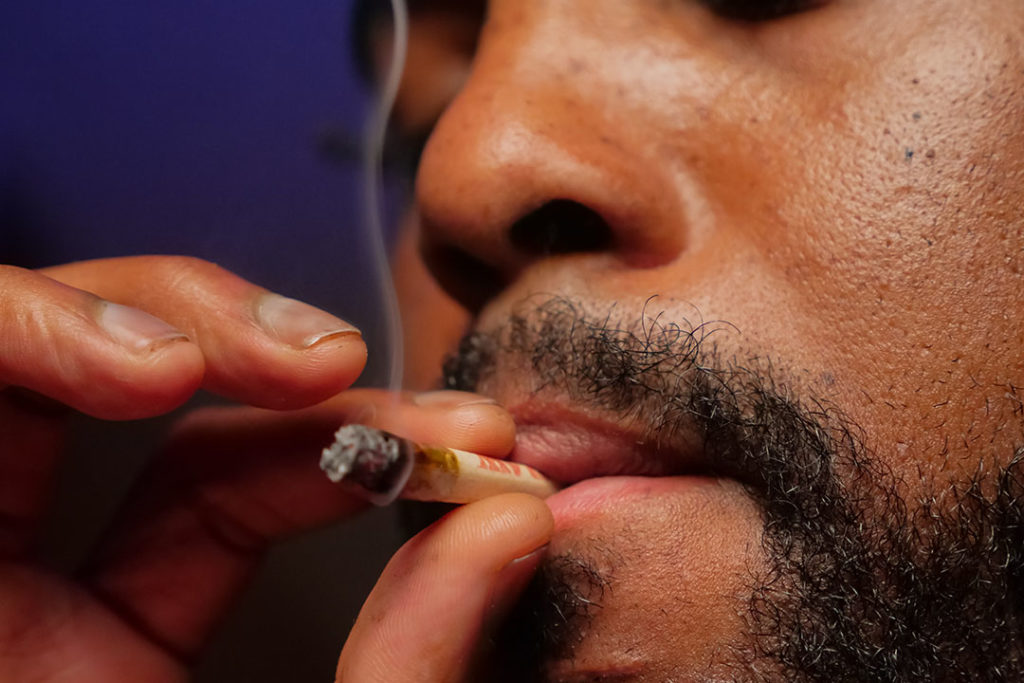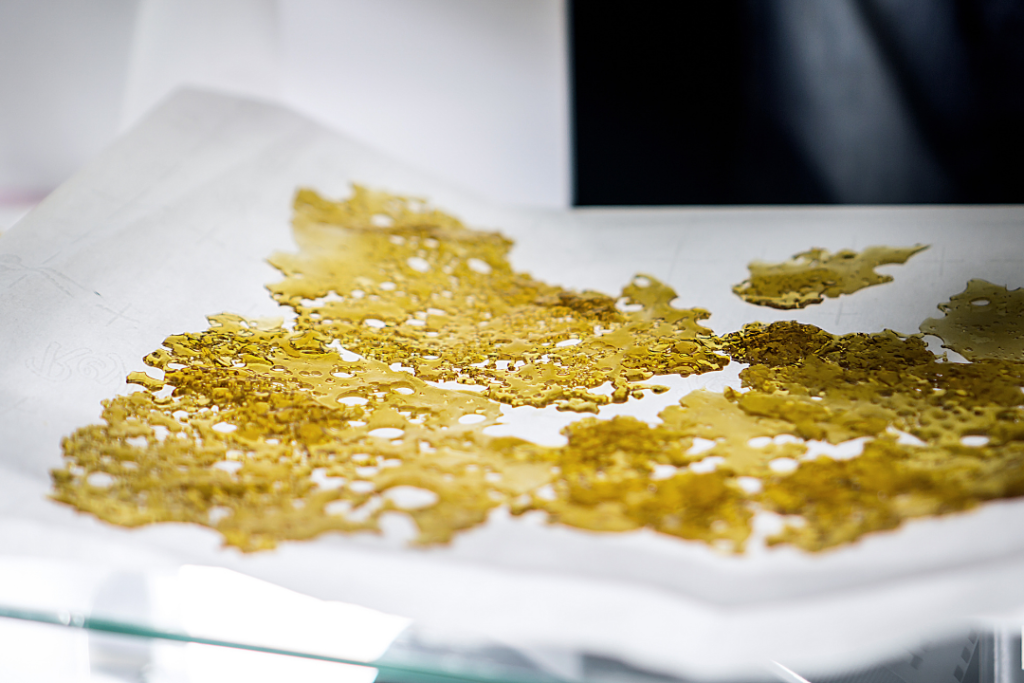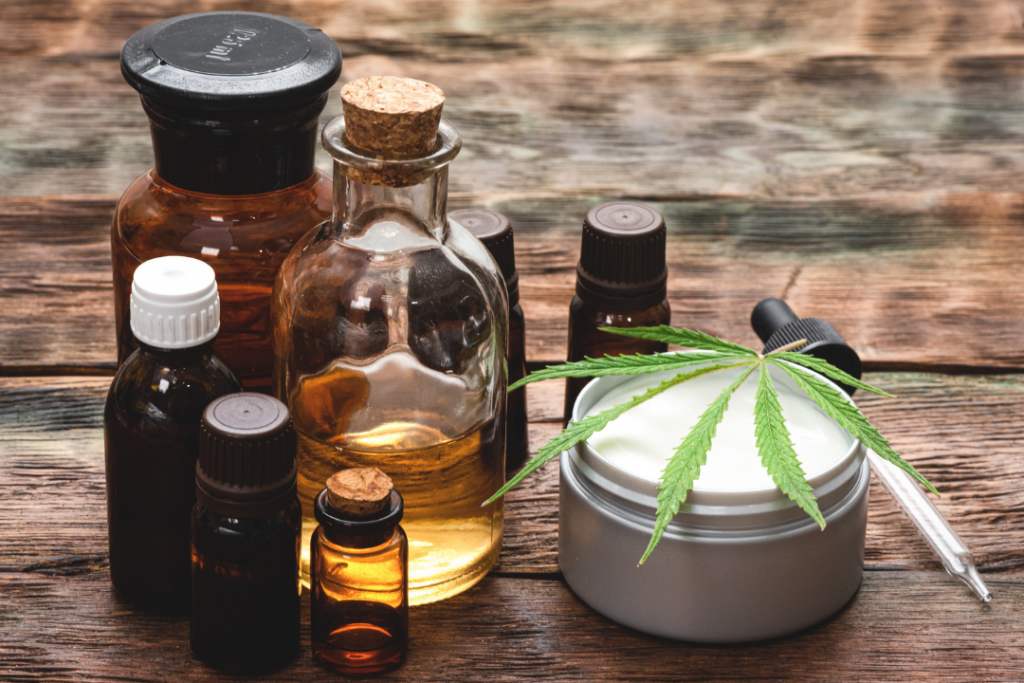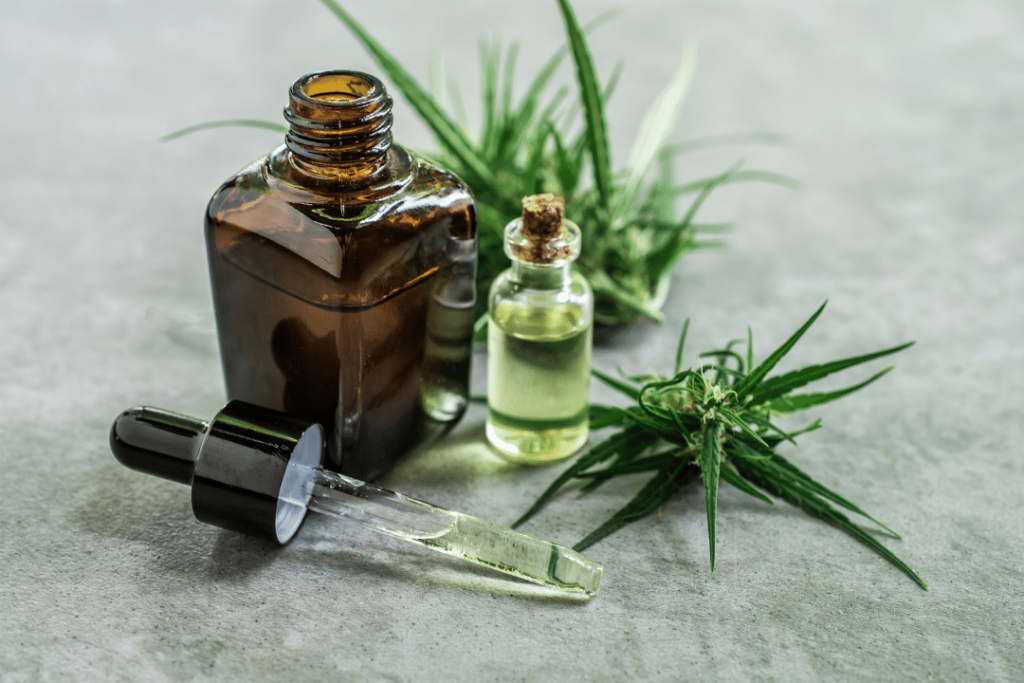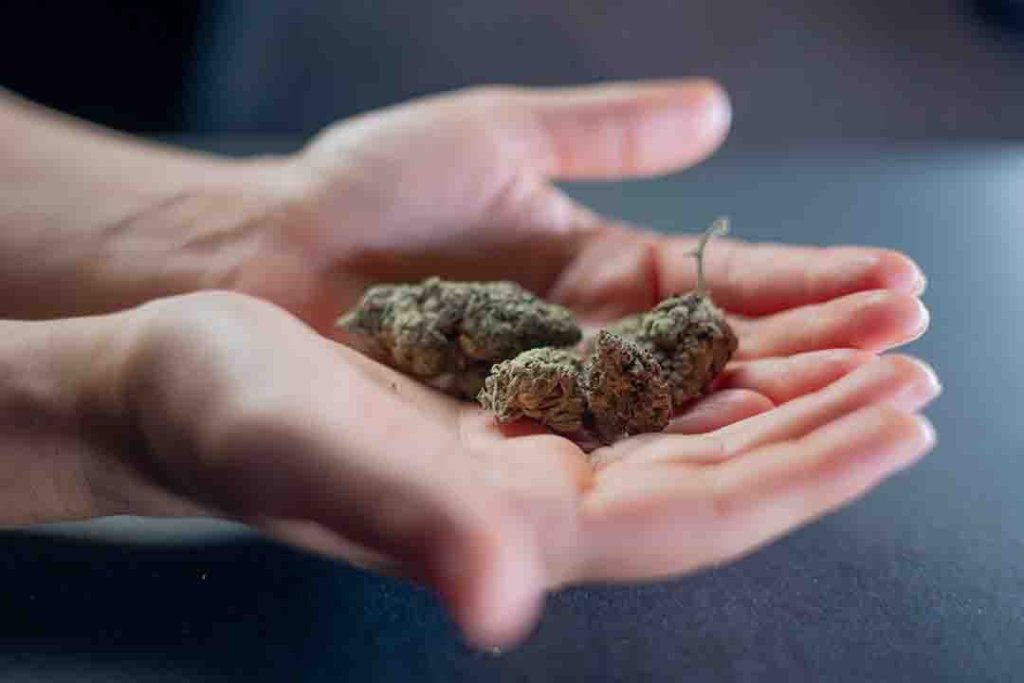Cannabis is perhaps one of the most diverse compounds producing plants in the world. It can produce well over 100 phytocannabinoids, and in addition, several hundred different flavonoids and terpenes.
It is not uncommon for plants to contain these compounds, but what is uncommon is the sheer number of different compounds that any given individual plant contains once it becomes mature and is ready for harvest.
Although these compounds can be found throughout the plant itself from root to flower, the highest concentrations can be found in tinny resin sacks which cover parts of the leaves and typically the entire cannabis flower – the trichomes.
Here are answers to common questions about cannabis trichomes.
What is a trichome?
A trichome is a tinny, smaller than a pin, stock (almost like a hair, but stubby globules are also common), to which is attached a fluid-filled sac. This sac, as the plant matures, slowly fills with the above-mentioned phytocannabinoids, flavonoids, and terpene compounds. Typically a single trichome head is approximately 50-100 microns in size, but can each contain trace amounts of hundreds of different compounds, including THCA (THC in non-psychoactive acidic form) and CBDA (acidic non-binding form).
Do all trichomes produce the same compounds?
No. The compounds present, and the quantities they contain are unique to each individual strain of cannabis, and the individual plants themselves. This is what is measured when a plant is said to be a limonene terpene dominant strain, or a THC dominant strain, or any combination of other cannabinoid or terpene profiles. Although many strains contain many compounds, depending on the genetics and environment of the plant, levels and dominant compounds will vary widely.
What do the colour variations of cannabis trichomes mean?
Trichome colouration reveals the maturity of the plant, and when the right time to harvest comes about. There are four types of colour variations that you should look out for.
Clear – The trichome is not filled with many, if any, of the compounds. Essentially, a clear trichome head is nothing more than an empty sac of water.
Milky – A milky trichome is one that has begun to fill with phytocannabinoids like CBDA and THCA, terpenes like myrcene and limonene, and flavonoids that help with the taste and aroma of the cannabis. However at this stage, milky is still a fairly low content of each of these compounds.
Opaque – At this stage, trichomes have nearly been completely saturated by compounds and are typically ready for harvest. If 70% or above of the trichomes have become opaque, then your plant has reached maturity.
Amber – A darker red/orange colouration is a characteristic of an oxidized trichome – meaning it has either been ruptured and exposed to oxygen or has begun to degrade due to age. Once a trichome is amber-coloured, it is no longer chemically intact and most of the compounds have degraded into inert molecules.
When harvesting, a plant should be no more than 25%-30% amber trichomes. This ratio is roughly the time needed for all clear trichomes to become opaque. Beyond 30% degradation and the harvest may be considered the low yield or maybe ruined altogether.
How do I check trichomes while a plant is growing?
The simplest method is to use a loop that is 30x magnification or greater. A jeweler’s tool would work well for this.
Can I create conditions that would alter a trichome to produce more of what I want – more THC for example?
The short and easy answer is no. But you can grow a plant in sub-optimal conditions for the type of strain which would result in a different trichome composition, but factors such as ratio, maximum concentration, and sent and flavor profiles are genetically locked to the plant you are growing. No amount of special tactics will get a weed plant to produce different compounds at different ratios beyond its genetic.
Conclusion
We hope this short Q&A guide has been helpful in giving you tips on trichomes! Now it’s time to test your knowledge! Visit our cannabis flower selection, choose your bud, and get your hands on a jeweler’s loop!
Use the loop and the information in this article to test your newfound knowledge and see what the trichomes on our buds look like!

